L’agence PCA-STREAM dirigée par l’architecte Philippe Chiambaretta a signé en 2006 le projet de réhabilitation d’un immeuble tertiaire destiné à accueillir le tout nouveau Centre d’Art Contemporain de Kiyv. Le projet architectural s’est construit en parallèle du positionnement éditorial et de la constitution de la collection, en collaboration étroite avec le mécène du projet Viktor Pinchuk et le curateur Nicolas Bourriaud. Retour sur la genèse de ce projet ambitieux, destiné à ouvrir l’Ukraine sur le Monde.
 Bringing together an architectural project and a collection project
Bringing together an architectural project and a collection project

-
Article
All research axes
This theme explores the sustainability issues raised by the Anthropocene at the scale of buildings and urban environments, in all their material aspects, from design and construction to the uses to which they are put.
Explore this topicRelated Contents

Beautiful like an encounter on the glass roof of colored clouds
Daniel Buren, Philippe Chiambaretta

- Daniel Buren
- Philippe Chiambaretta
- Art-science dialogue
- New narratives
- Architectural transition
- Art
- New aesthetics
Beautiful like an encounter on the glass roof of colored clouds
For Daniel Buren, architecture is an open-air studio. In an exclusive interview with architect Philippe Chiambaretta, he talks about his site-specific work, where art and architecture meet, just like the Nuages Colorés that cover the scales of the 175 Haussmann glass roof.
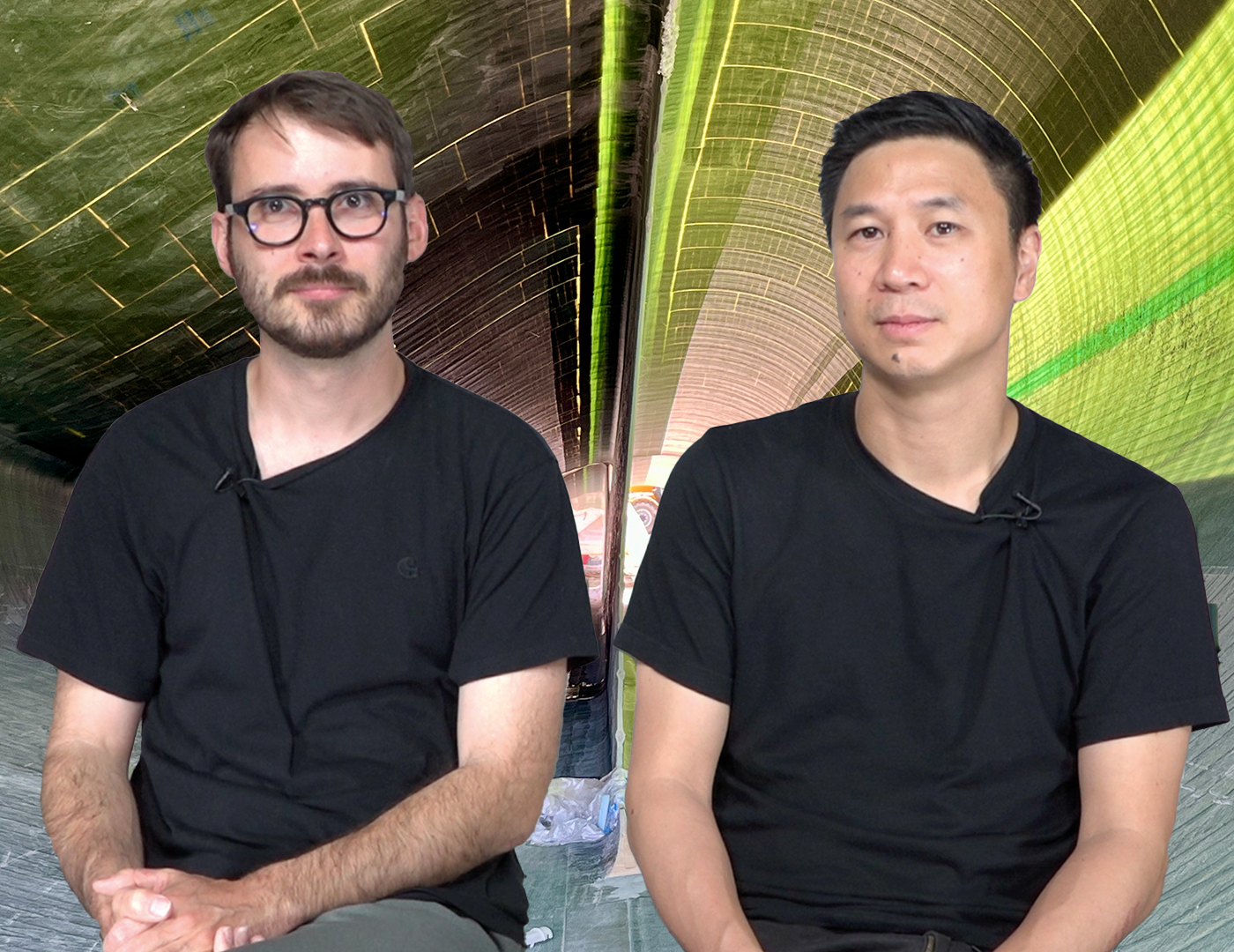
Reusing turbine blades : the winds of change
Minh Nguyễn, Yoann Malinge
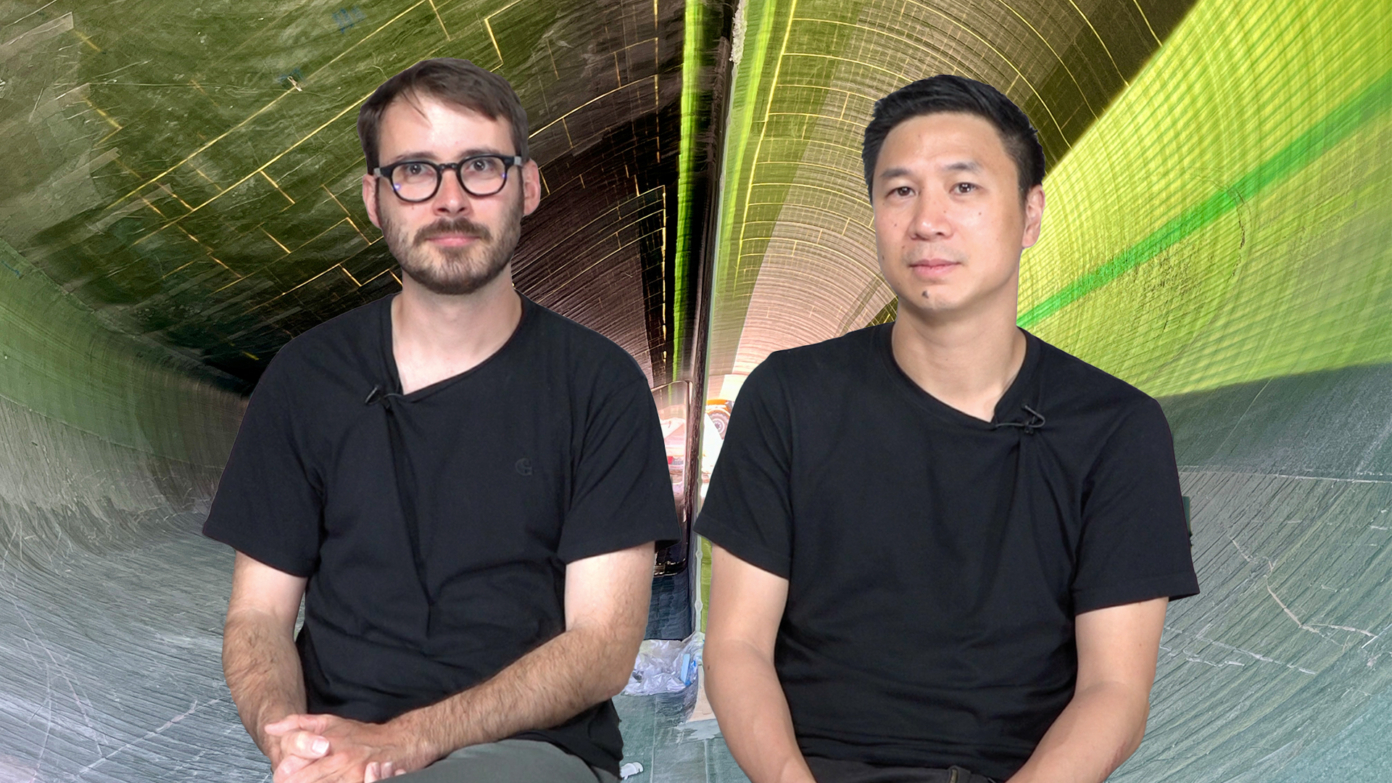
Reusing turbine blades : the winds of change
The growth in energy consumption and the obsolescence of our infrastructures suggest that by 2030, we’ll have a stock of 60,000 tonnes of end-of-life wind turbines per year. To absorb this material on an industrial scale, we need to invent new ways of producing, consuming and building. With this in mind, the La Paletière project aims to reuse turbine blades – composite materials with multiple properties – by turning them into roofing elements.
“ Unfortunately, the ambiance is seen as a corrective factor to be dealt with. ”
Air in architecture
Emmanuel Doutriaux
“ Unfortunately, the ambiance is seen as a corrective factor to be dealt with. ”
Air in architecture
The challenges of air in architecture encompass a wide range of considerations that can affect the shape of a building, its degree of openness, the proportion of voids and solids, or the implementation of specific technical solutions. To reconcile seemingly contradictory requirements, such as the tension between energy efficiency and natural ventilation, architects and engineers are redoubling their inventiveness. Air, due to its invisibility, invites us to create an atmosphere and to consider buildings in terms of breathability.
“ Restoring a building does not mean maintaining, repairing or remaking it, it means restoring it to a complete state that may never have existed at any given time, according to Viollet-Le-Duc. ”
Viollet-le-Duc, an inspired vision of restoration
Bérénice Gaussuin
“ Restoring a building does not mean maintaining, repairing or remaking it, it means restoring it to a complete state that may never have existed at any given time, according to Viollet-Le-Duc. ”
Viollet-le-Duc, an inspired vision of restoration
Viollet-le-Duc is famous for restoring the spire of Notre-Dame, which had been knocked down in 1792. In the course of this construction project, he reinvented the statues of the portals and the Kings’ Gallery, which had been decimated during the Revolution, because, in his words: “Restoring an edifice does not mean maintaining, repairing or remaking it, it means re-establishing it in a complete state that may never have existed at a given moment.” Bérénice Gaussuin, PhD in architecture, whose book Viollet-le-Duc : La forge d’une théorie de la restauration par la pratique (Viollet-le-Duc: Forging a theory of restoration through practice) has just been published (CNRS Éditions), takes a look at the approach of this extraordinary restorer.
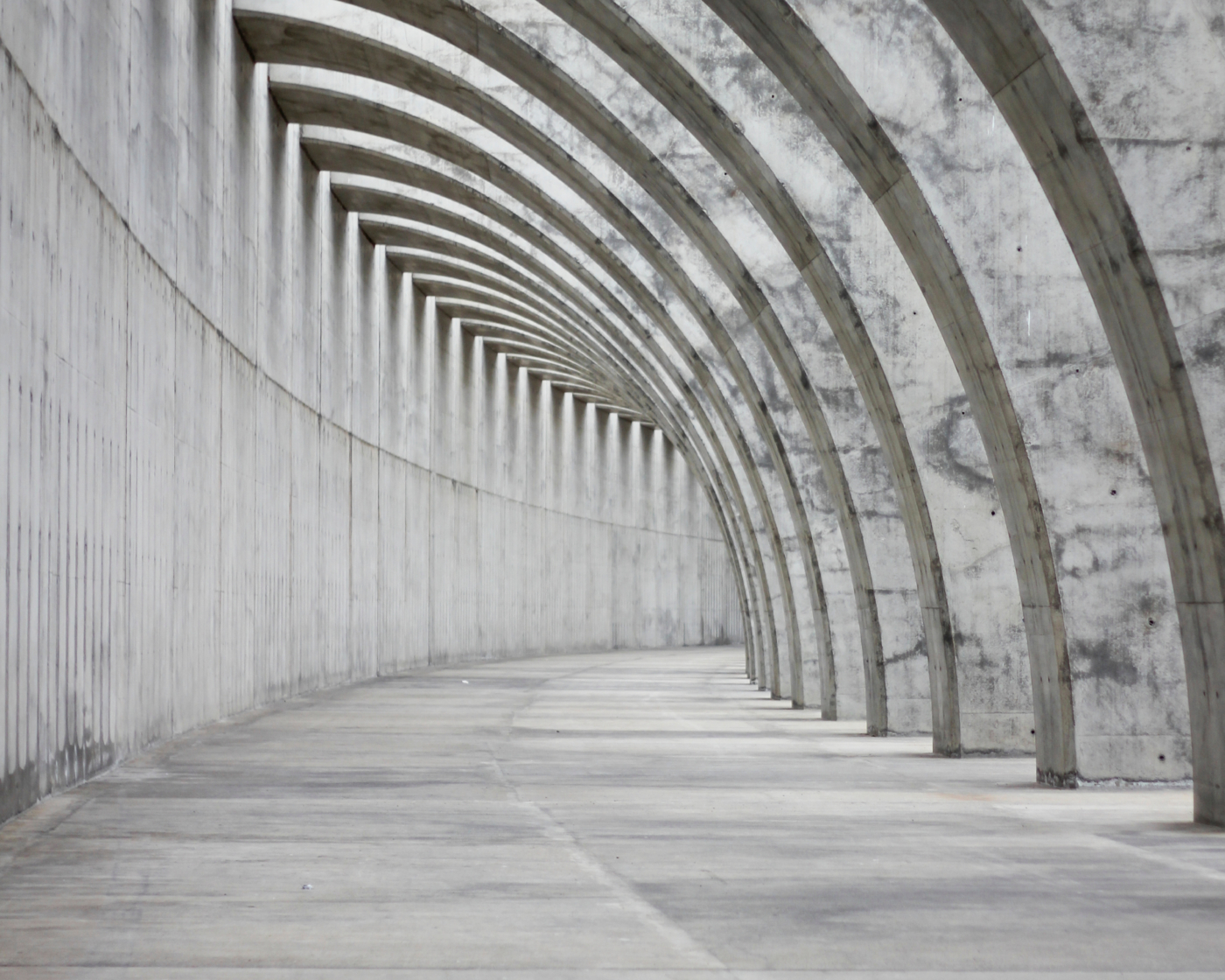
Perspectives
Liliana Doganova, Mathieu Arnoux, Vincent Charlet, Isabelle Bensidoun

- Liliana Doganova
- Mathieu Arnoux
- Vincent Charlet
- Isabelle Bensidoun
- Societal transformations
- Architectural transition
- Materials
Perspectives
Mathieu Arnoux, Professor at the University of Paris and Director of Studies at the EHESS, Isabelle Bensidoun, economist at the CEPII, Vincent Charlet, economist and founder of the Fabrique de l’Industrie and Liliana Doganova, sociologist and researcher at the CSI des Mines de Paris. This concluding conference looks at the social and economic dynamics associated with the exploitation of materials on a national and global scale. The war in Ukraine has revealed our dependence on our neighbours and reopened questions of sovereignty and self-sufficiency. France has been less affected by the Russian gas embargo than Germany, but the transition to renewable energies will not happen without the rare earths that we import mainly from China. The limits of globalisation seem to have been reached. What does this mean for our industry, our sectors and our economic policy? What role will the markets play, particularly the carbon market, in encouraging national and European materials?
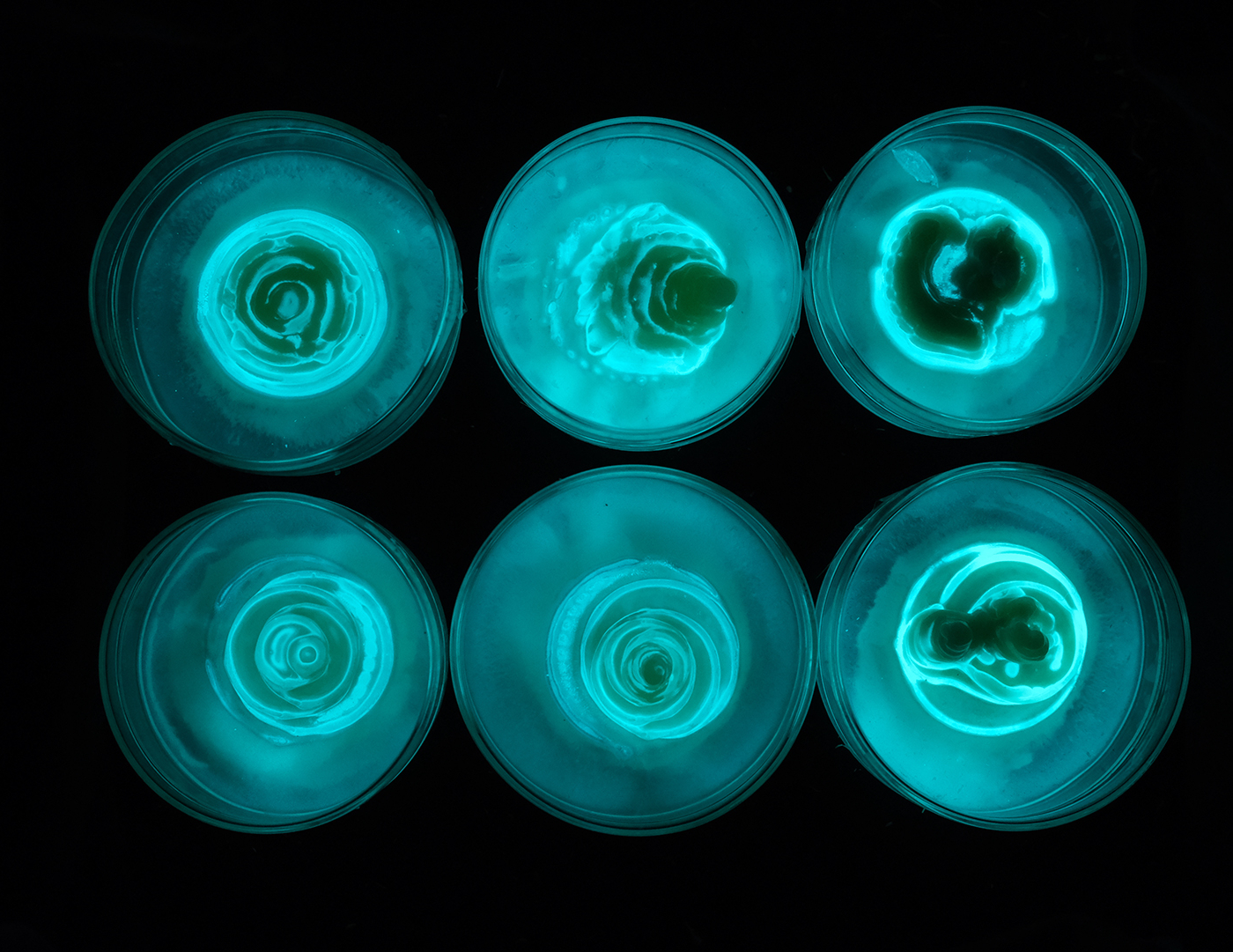
Living matter
Aurélie Mossé, Marie-Sarah Adenis, Simon Trancart
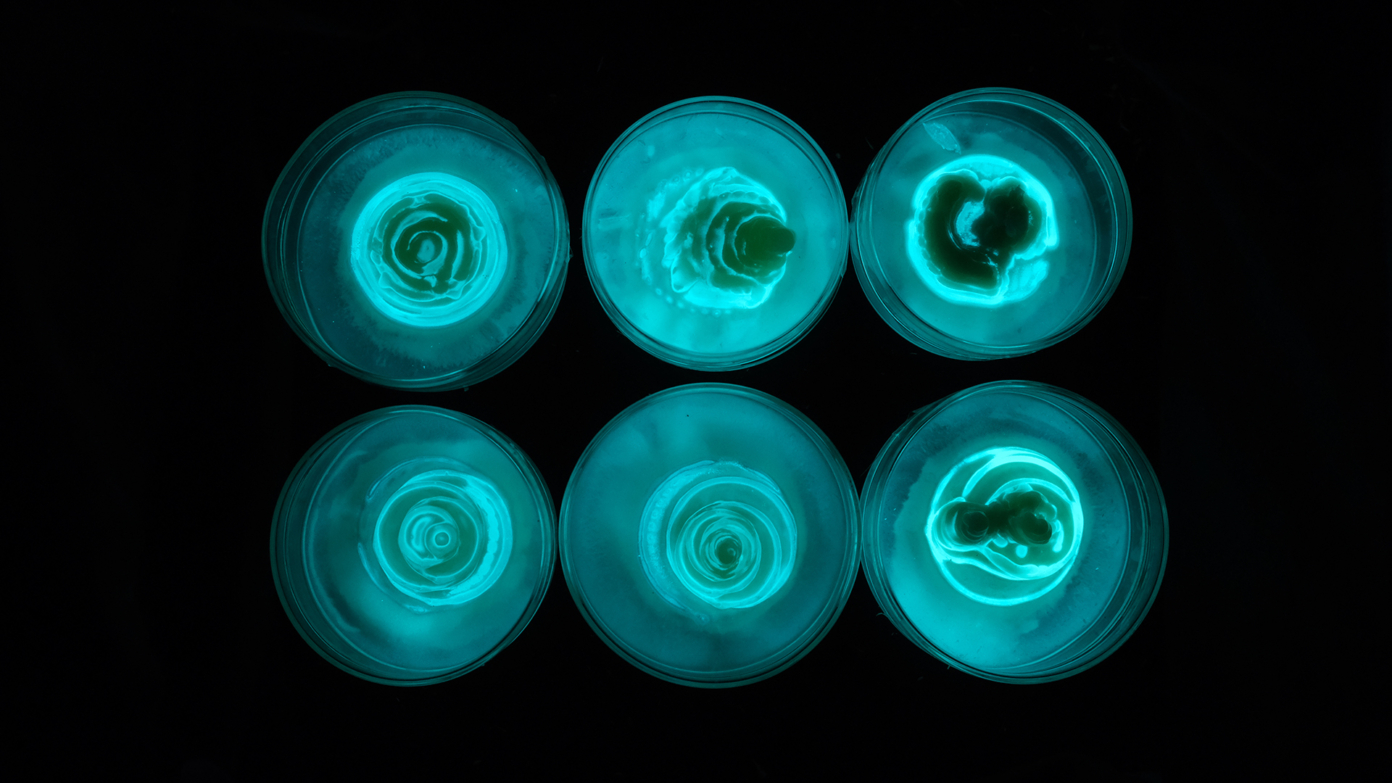
- Aurélie Mossé
- Marie-Sarah Adenis
- Simon Trancart
- Nature-based solutions
- Architectural transition
- Anthropocene
- Biobased
- Living
- Materials
- Metabolism
Living matter
With Marie Sarah Adenis, artist, Aurélie Mossé, research professor at ENSAD, and Simon Trancart, Head of Adaptative Laboratory Evolution at Ginkgo BioWorks. Wood is often referred to as a living material because it reacts to ambient humidity and develops a patina. However, when a tree is cut down to exploit its wood, it dies and ceases to photosynthesise. What other forms of living matter can we cultivate and grow to build and create, and what ethics should we apply? What does the future hold for organic materials that can regenerate rapidly or perhaps never die and continue to evolve as living matter? From the colourimetric properties of microbes to the use of algae to develop alternative chemical reactions to form cements and ceramics that emit less carbon, what possibilities does living matter offer us for rethinking creation?
Publications
Registration confirmed
You will receive STREAM VOICES, at the following address :
Subscribe to STREAM VOICES
Eager to share more generously the results of its collaborations and research, PCA-STREAM publishes STREAM VOICES, its online magazine!
*Mandatory Field
